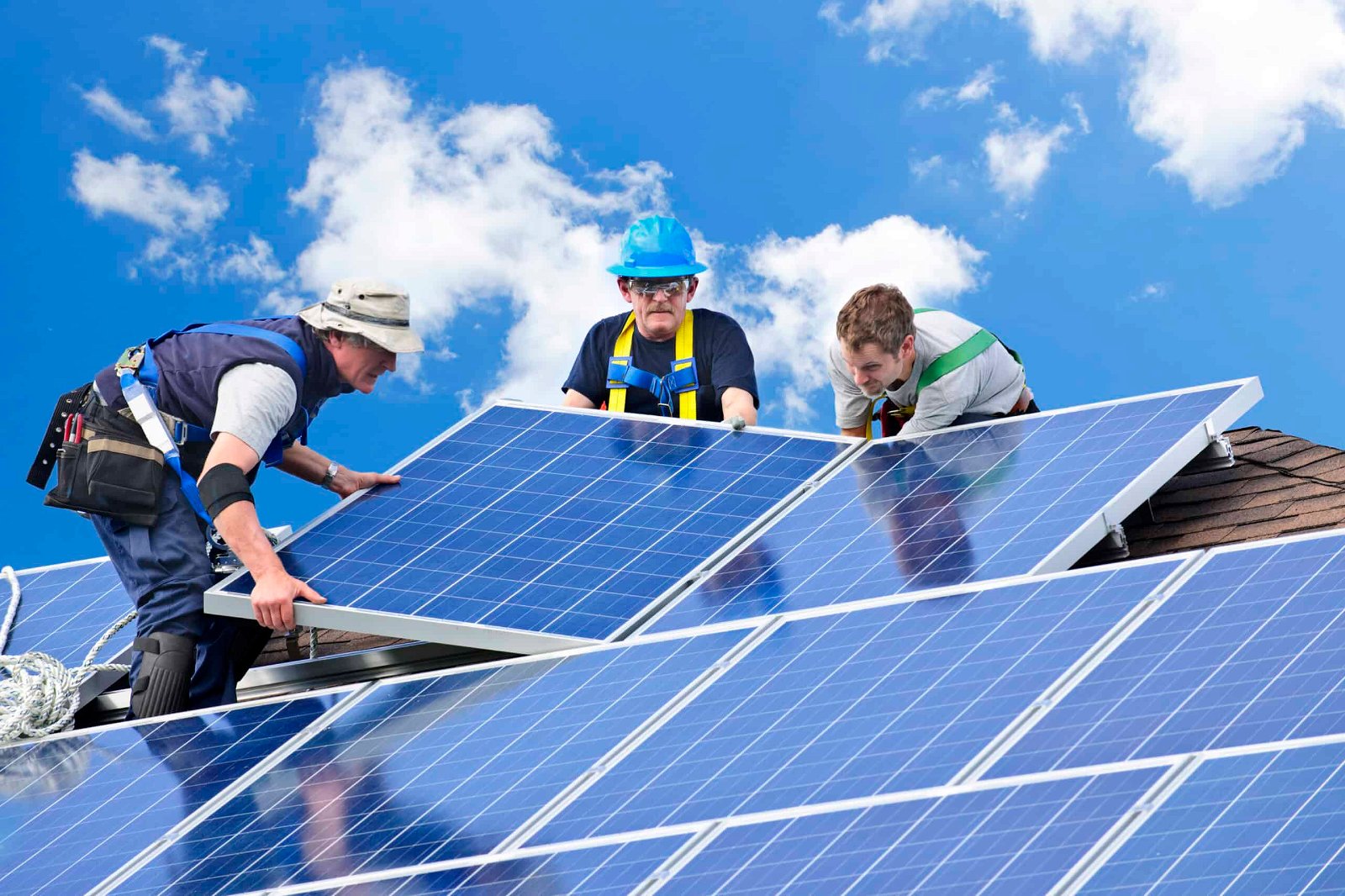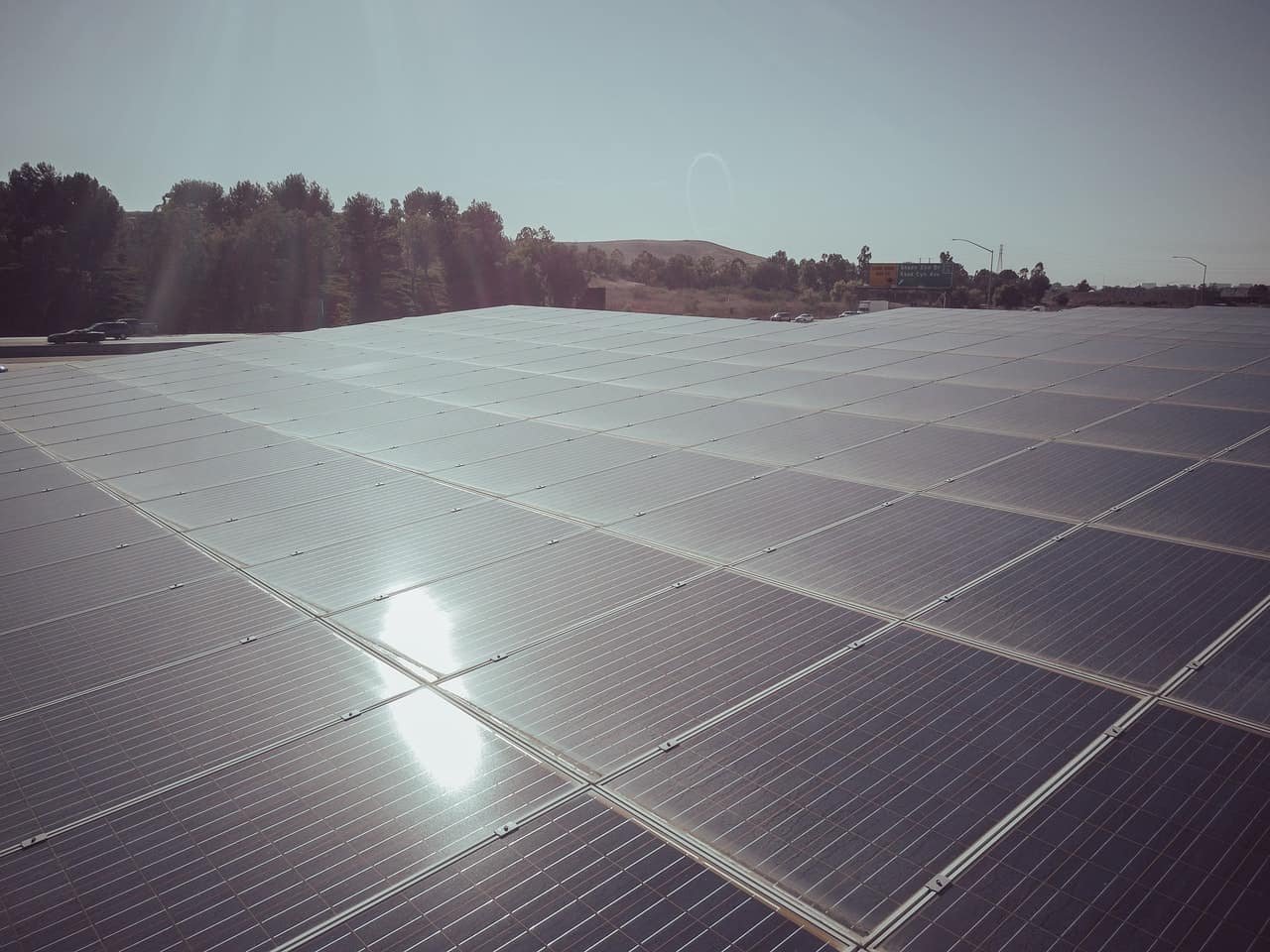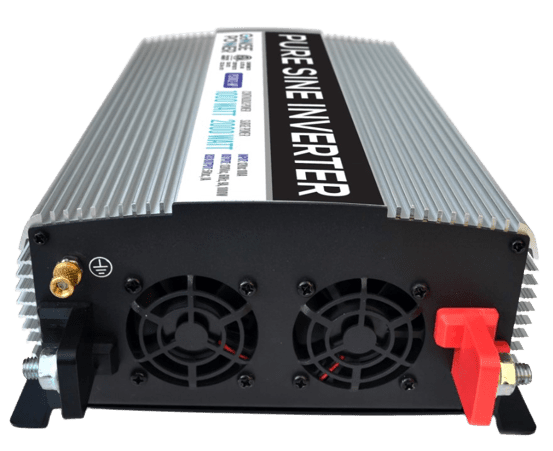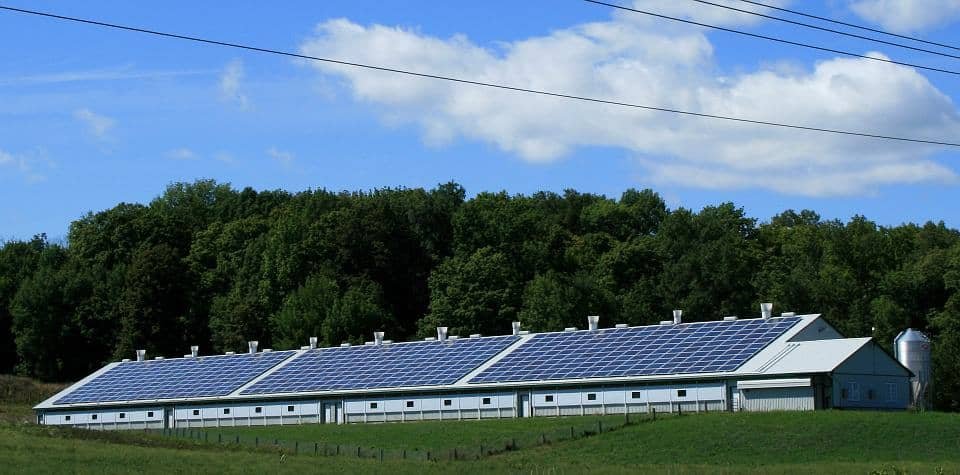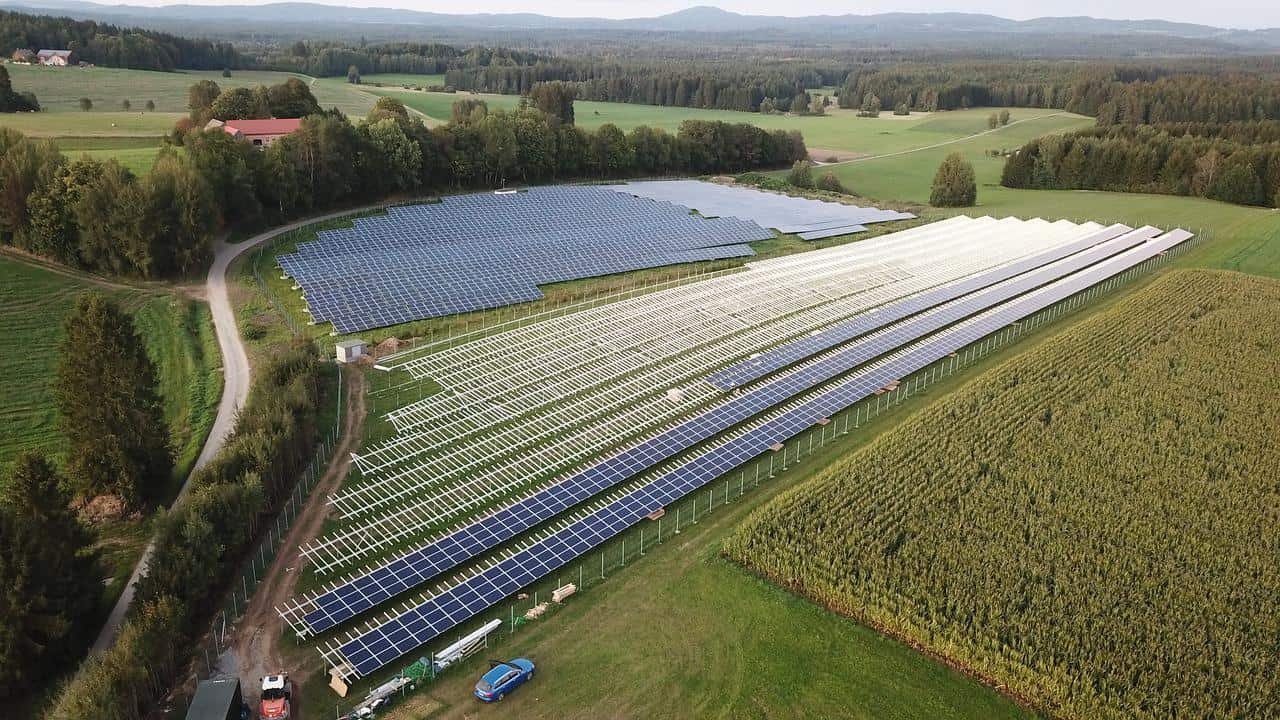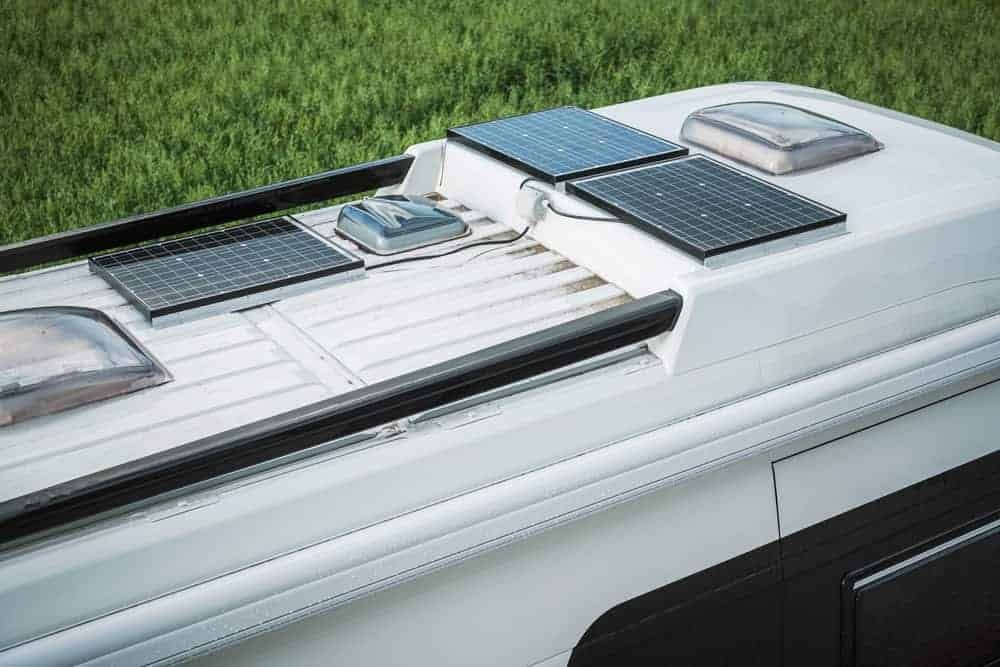As homeowners continue to look for ways to save money and become more energy-efficient, people are turning to solar energy. For the reason that solar power applications are free as long as there is the sun. Solar panels are also low maintenance and provide 20-25 long years of service.
Solar panels are a great way to save money on your energy bill, but it is important to make sure they are installed and wired correctly. Let us learn the basics of how to properly connect your solar panels by following this article.
Wiring Solar Panels: Series vs. Parallel
The outcome of wiring solar panels either in series or parallel depends on what the goal is. If the objective is to increase the array’s voltage, then wiring the solar panels in series will do that while keeping the amperage the same.
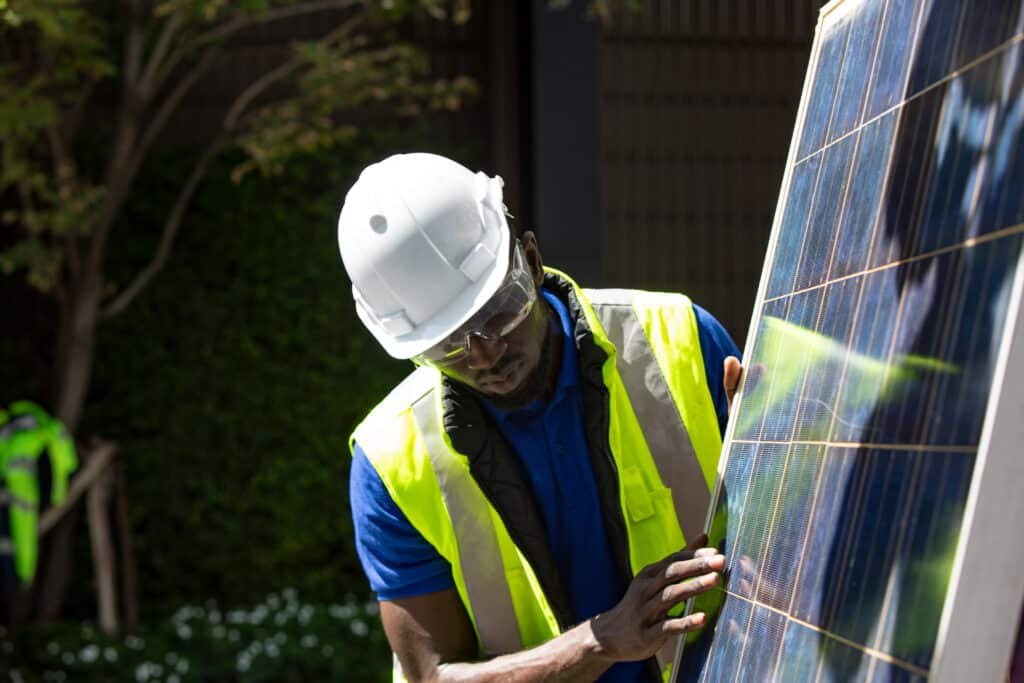
On the other hand, if the objective is to increase the amperage, then wiring the solar panels in parallel will achieve that while keeping the voltage the same. To wire your panels you will need to connect the solar panels using MC4 connectors.
Before starting your connection check the module and read the information in the product manual. Be sure to check the details in the section on how to setup the pieces. If in case you are using a kit the cable and wires could be part of it so you no longer need to purchase another one.
If your making step on DIY for a small house or to power some lights and to some extent you might not know what to do, that’s not a problem. Thanks to the world wide web, there are a bunch of references you can find.
Check this useful calculator, tutorial, and videos from YouTube to get a load of details with a little depth:
Connecting Solar Panels | Series & Parallel Explained
Solar Panel Wiring vs Volts And Amps
Understanding Solar: A Beginner’s Guide – 2022 Edition
Note that these links are only references, any affiliate links from the company, market, government, or any industry are not in any way connected to this page.
Wiring Solar Panels in Series
In series wiring, the positive terminals of one device is connected to the negative terminals of the next device, creating a circuit. This is typically done for a grid-connected inverter or charge controller that requires 24 volts or more.
Solar panels are simply like batteries whose mechanism consists of a battery terminal, the positive terminal ends and the negative terminal ends.
You can connect two or more solar panels in a series by connecting the positive terminal of one panel to the negative terminal of another panel creating a PV source circuit. If you wire solar panels together in a series, the voltage of the system increases, but the amperage stays the same.
Putting panels in series increases the voltage of the array. This is because a solar power system needs to operate at a certain voltage in order for the inverter to work properly. So, you connect your solar panels in series in order to meet the operating voltage window required by your inverter.
The main advantage of series wiring is that it allows for easy electricity transfer over long distances.
However, the main disadvantage in reply is that if just one panel becomes shaded or covered by anything like leaves or other debris where sunlight is blocked, it can impact the entire string of panels, reducing the overall power output and efficiency.
Wiring Solar Panels in Parallel
Parallel wiring of panels means connecting the positive terminal of one panel to the positive terminal of another, and the negative terminal of one panel to the negative terminal of another. This results in a single positive and negative connection to your regulator and batteries.
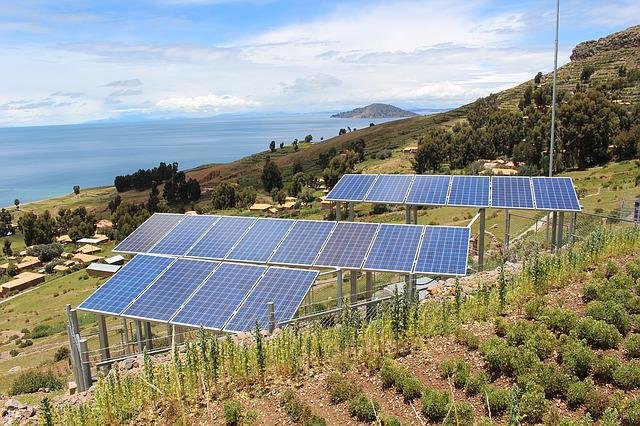
With parallel wiring, the amperage of the panels adds up while the voltage stays the same. This is the opposite of series wiring. The advantage of parallel wiring is that a shaded or covered panel would not be a problem since it does not affect the rest of the string.
You can wire different types of solar panels together in parallel, but the system will only be as efficient as the panel with the lowest voltage. Therefore, it is best to use a parallel connection to wire panels together that have the same voltage rating.
In addition, parallel wiring is also best used if you are designing a 12V battery type charging system.
Which Solar Panel Wiring Works Better?
There is no definitive answer to this question as it depends on the specific application and system requirements. However, in general, solar panel wiring in parallel configuration is often preferable to series wiring, as it can provide more flexibility and is easier to install and maintain.
Additionally, parallel wiring can provide a higher degree of safety, as each solar panel is effectively isolated from the others in the event of a failure.
Can you Use Both Methods in One System?
It is possible to wire solar panels in series and parallel in order to generate the maximum amount of power, though it is complex. This is a normal configuration for large installations.
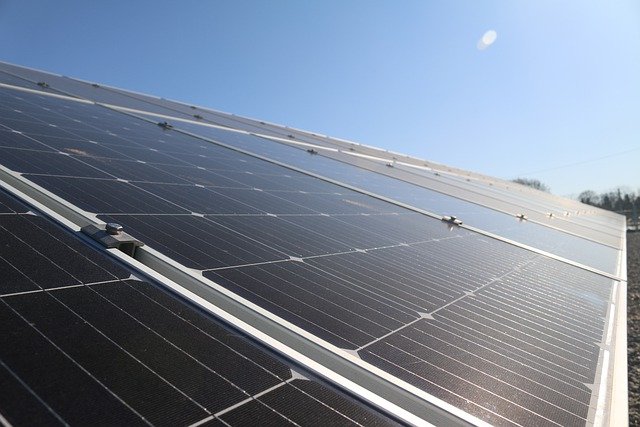
The ability to configure series-parallel depends on the maximum possible total output voltage and output current of the solar array.
In turn, these are limited by the maximum possible total input voltage and input current of the charge controller if an off-grid system, or an inverter, if you’re dealing with a grid-tied system.
Connecting Solar Panels Using a String Inverter
The string inverter needs a certain voltage from the solar panels to work, as well as a certain current. If either of these is not up to the inverter’s standards, it will not function properly.
String inverters are equipped with maximum power point trackers (MMPT) that can adjust the current and voltage to produce the maximum amount of power possible.
Will Using Microinverters Change the Way Solar Panels are Wired?
If you use microinverters or optimizers in your solar system design, you can avoid the inverter-size limitations that string inverters have. With each panel connected to its own microinverter, you can expand your system one panel at a time.
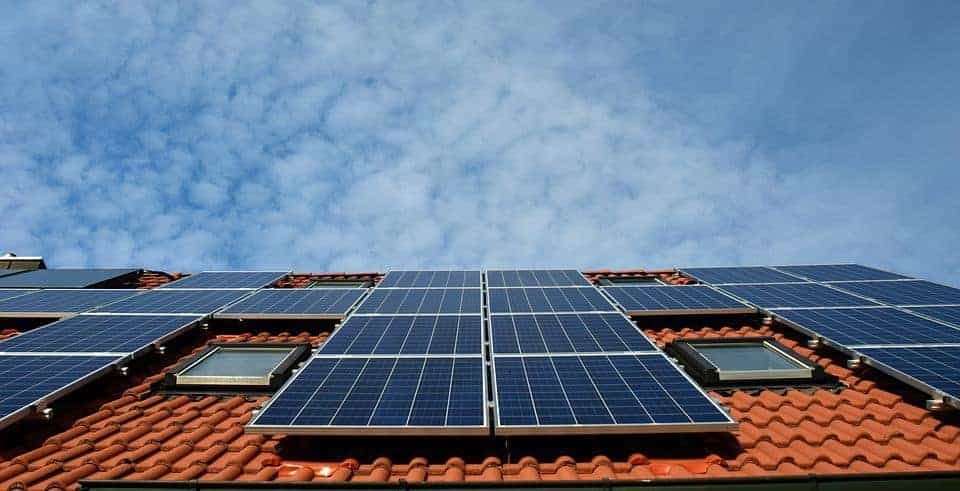
This can be done by wiring the additional panels on the AC side of the string inverter, provided that the string inverter is already maxed out.
Basic Rules for How to Connect Solar Panels
Keep the System Voltage within the Inverter Range
When wiring solar panels in series, for safety and to avoid possible damage to your system, it is important to ensure that the voltage does not exceed the inverter’s maximum voltage rating. The maximum voltage is determined by the number of solar panels in the series.
For instance, if there are four solar panels in the series, the maximum voltage would be four times the nominal voltage of the solar panel. The minimum voltage is determined by the inverter’s minimum voltage rating.
For example, if the inverter has a minimum voltage rating of 10 volts, then the minimum voltage in the series would be 10 volts.
Make Sure that Strings are Connected in Similar Conditions
If you’re using multiple strings of solar panels connected to a single inverter MPPT, it’s important that the strings are the same length and have the same conditions. This will ensure that the inverter is able to efficiently convert the solar power into usable electricity.
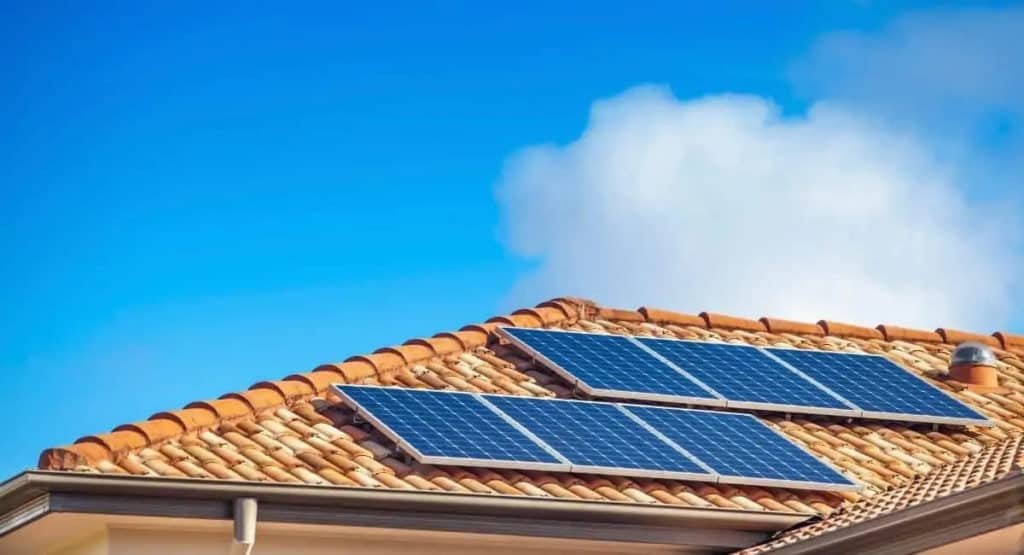
If you are designing a solar panel array that will have different conditions in different areas, you can ensure that the panels in each area are connected to their own string, and then connect those strings to different MPPTs (Maximum Power Point Trackers) on the inverter.
This will ensure that each string is operating under the best conditions possible.
Role of the Charge Controller
A charge controller is a key component in solar panel wiring. MPPT charge controllers are used to wire solar panels in a series, while PWM charge controllers are used for wiring solar panels in parallel.
A charge controller is a device that regulates the charging of batteries. It is important to choose the right charge controller for your solar panel system, as it will determine how efficiently your batteries are charged.
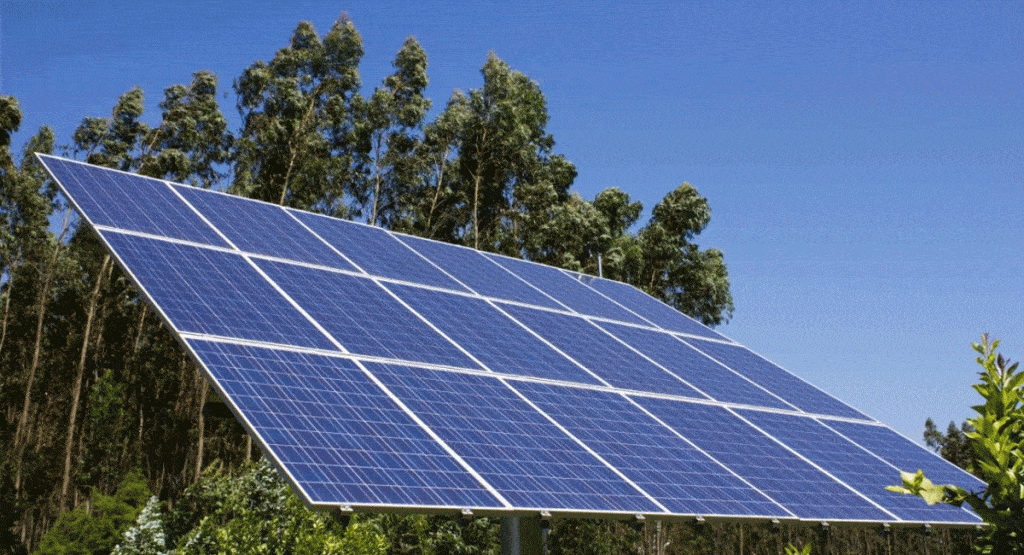
There are two main types of charge controllers: pulse width modulation (PWM) and maximum power point tracking (MPPT). PWM controllers are the most common and are typically less expensive, but MPPT controllers are more efficient and are better suited for larger solar panel systems.
Additional Considerations in Optimizing Your Design
There are other factors that a solar designer can use to optimize their design and increase energy production while minimizing cost. These factors include:
Inverter Saturation
Sometimes it may make sense to connect a solar array that is slightly larger than the inverter’s maximum voltage.
This may allow your system to produce a lot more energy when it is below its maximum voltage, in exchange for reduced production during times when the DC voltage of the array exceeds the inverter’s maximum.
If you can produce more power without losing any to inverter saturation, then you don’t need to pay for a more powerful inverter. However, you should be careful when making this decision, since you need to make sure that you won’t lose more production than you gain.
It is important to note though that not all inverters can accept higher DC/AC ratios
Using Microinverters
There are other types of inverters besides string inverters. Microinverters, which are attached to each individual panel, allow each panel to produce its maximum power regardless of the conditions on other panels.
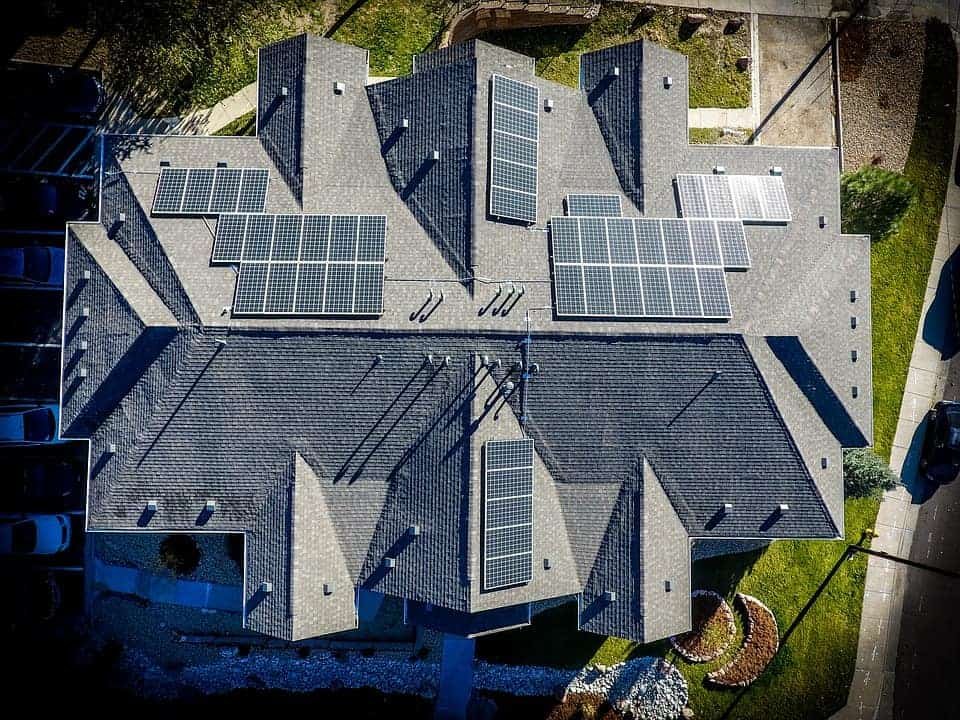
With this arrangement, you don’t have to worry about making sure all the panels on the same string have the same conditions. Microinverters will also make it a lot easier to add more panels in the future.
Final Thoughts
The choice of wiring configuration type of each solar panel determines how much voltage or current is injected into the power inverter while keeping the total system power input constant.
Whether it’s for residential or commercial installation, knowing the basics will help you decide when to use a parallel connection, series connection, or a combination of the two for you to enable take on larger personal or business projects in the future.
FAQ
How many solar tiles do I need?
Determining how many solar tiles you need for your home or business depends on various factors, including the size of your roof, the amount of electricity you use, and the amount of sunlight your location receives. To determine the number of solar tiles you need, you will need to calculate your energy usage and determine how much electricity you need to generate from your solar system.
You can then use this information to size your solar system and determine the number of solar tiles you need to install. Working with a professional solar installer is essential to ensure that you have the correct number of solar tiles for your specific energy needs and location.
